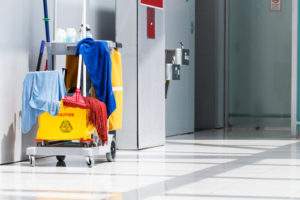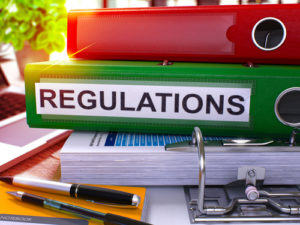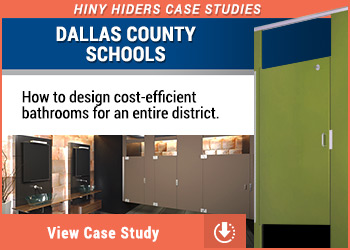As the manager of a facility, it’s up to you to determine how your facility is maintained in terms of many different components. These components range from basic upkeep and repair to maintaining assets and developing preventative maintenance processes.
Because maintenance is so instrumental to your facility, it’s crucial that you select the right people to keep the building maintained properly in order to reduce drastic replacement and repair costs in the future.
So what’s the difference between a maintenance specialist and a cleaning generalist? One of the main differences could be your bottom line. According to an article by the International Facility Management Association (IFMA), the difference can also help you to maintain a positive image for your business.
Understanding Cleaning Generalists
You may hire a janitorial company, or several different companies, that specializes in cleaning various areas of a building. In doing so, you’ll receive the same set of services that they provide any business that hires them. Your facility will then be maintained the same way as any other building without any special attention to your unique needs.
For example, while you may have your set cleaning company doing general maintenance and upkeep, you’ll also call in a carpet cleaner every so often when you begin to notice that the floor looks dirty.
Cleaning generalists stick to a standard checklist and address cleaning the same way each time.
Understanding Maintenance Specialists
Maintenance specialists, on the other hand, use a little more thought when it comes to your overall maintenance strategy. The IFMA states that “maintenance specialists are true experts that focus on specific areas of your space – carpet, textiles, hard surfaces, etc. These are partners that consider the unique needs of your business and proactively look for ways to improve your building’s appearance and extend the life of your assets.”
This means that you may choose a carpet care specialist to work with rather than having a cleaning generalist and hiring a carpet cleaner every now and then. This carpet care specialist will offer maintenance solutions for your floor’s appearance and to extend the life of your carpet.
Making the Right Choice for Your Facility
Deciding between cleaning generalists and maintenance specialists comes down to your facility’s needs, and you’ll need to consider the long-term investment of your facility, which many managers seem to overlook. It’s common to be worried about initial costs, but while you may be choosing the less expensive route to begin with, it could add up over time and end up being costlier.
Looking beyond the initial purchase can have a drastic impact on your facility, whether it’s maintenance costs like in this case or products. When making your decision, think about the long-term costs and savings of each option.
If you need quality, sustainable products for your facility, click here to find out where to buy Scranton Products.









